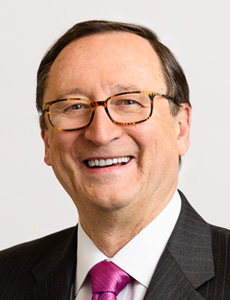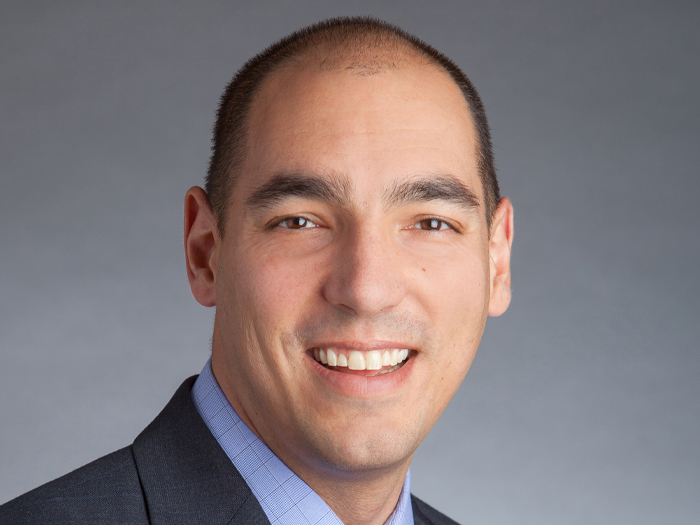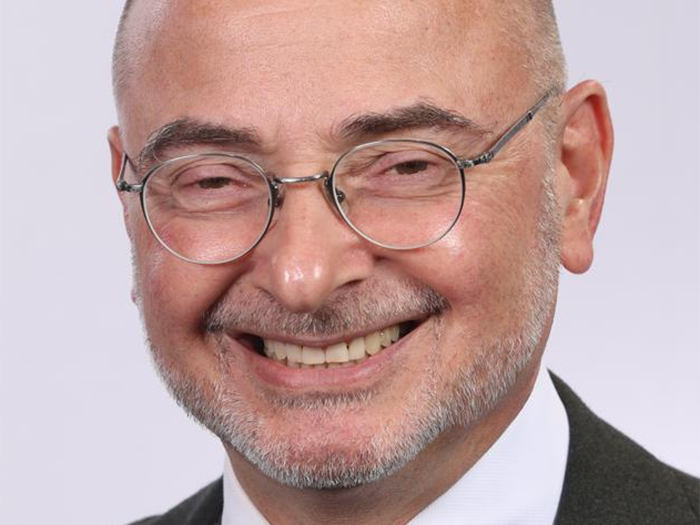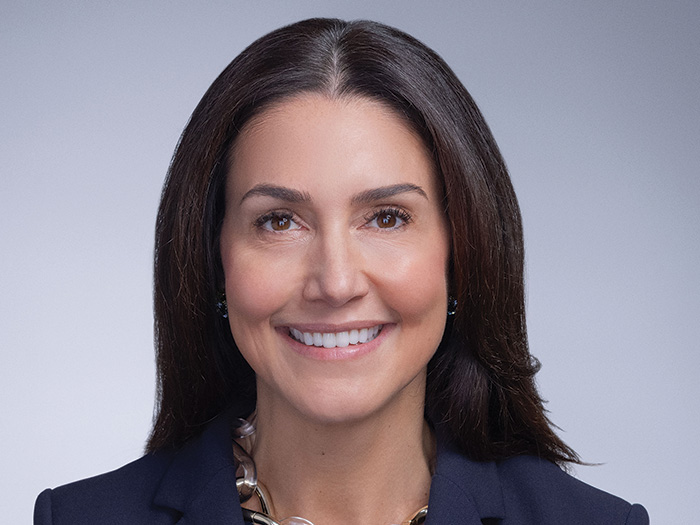Brokerage
Thoughtful Chemistry

As they discuss their “merger of equals,” John Haley and Dominic Casserley emphasize a willingness to let the chemistry between their two legacy organizations develop naturally, rather than through top-down directives.
Haley, CEO of the newly created Willis Towers Watson, and Casserley, the company’s deputy CEO and president, sat down with Risk & Insurance® at the RIMS convention in San Diego to talk about the progress of their company since the Willis/Towers Watson merger was completed in January.
The merger combined a benefits firm with a global large cap network — Towers Watson — with Willis, which had a strong large cap presence in commercial property/casualty insurance broking globally, but was best known as a middle market player in the United States.
“When Dominic and I were sitting down and talking about this, we thought the real prize is if we can create an environment where we have people working together and where we think of ourselves as an integrated firm,” said Haley, a Rutgers University mathematics major who rose up the ranks from the early roots of the Towers Watson organization in 1977.
Sure, the two leaders talk to their teams about their talent mix and the business opportunities the merger presents.
But since the firms merged in January, Haley and Casserley say they have been happy to let members of the two legacy firms reach out to one another, to start solving customer challenges together under their own steam and see how they gel as teammates.
He reiterated that point in a May 6 WTW earnings call with analysts.
“As I travel to the various offices and see firsthand the collaborative sales efforts and hear about our market success, it’s clear our colleagues are not waiting for a top-down integration mandate or reporting tools to go to market,” Haley said.
“We don’t know exactly what all the new capabilities, the new products and services are going to be,” Casserley said in San Diego in April.
“We do know that we are creating a unique organization, which is truly global and which is integrated as opposed to operating in silos,” said Casserley, a University of Cambridge graduate who before the Towers Watson marriage oversaw the completion of Willis’ acquisition of the large French brokerage Gras Savoye and its 3,900 colleagues at the end of 2015.
Willis bought its first stake in Gras Savoye back in 1995, taking a third of the French firm at that point in time.
The Relevance of Scale
Both men lead firms with a history of making big deals.
Just to name a couple, Towers Watson was formed by the merger of Towers Perrin and Watson Wyatt back in 2010. Haley oversaw that merger.
A big part of the Willis middle market presence in the United States stems from its 2008 acquisition of Hilb, Rogal and Hobbs.
Scale comes into the Willis Towers Watson combination in a couple of ways. Haley sees the fact that Towers Watson and Willis are coming together as two same-sized companies as an advantage.
“It is much easier to create a working environment when you have two roughly equal-sized firms than when you have one that is much larger than the other,” Haley said.
Pre-merger, according to company statements, Willis had more than 18,000 employees. Towers Watson had approximately 15,000.
Scale, as in bigger size, is also a consideration in the investment realm according to Casserley.
Among other responsibilities, Casserley oversees investment and reinsurance for WTW.
“The merger enables an uptick in client service and enables us to make some investments that might have been harder for us to do as separate firms,” Casserley said.
Although both Casserley and Haley have plenty of experience in acquisitions, and this is a busy time for M&A in general, Haley said Willis Towers Watson and its leaders are concentrating on clients and merging their cultures, rather than casting about for more acquisition targets, at least for now.
“For the first 12 to 18 months, it would have to be an exceptional opportunity,” said Haley.
“It would have to be unique and something that if we let it pass we would never have the chance again,” he said.
Opportunity Knocks
As it stands, the global reach of Towers Watson and its client list are a grand opportunity for Willis.
“One of the things we know is that if you don’t have the relationships ahead of time it is very difficult not to finish second,” Haley said.
“The merger enables an uptick in client service and enables us to make some investments that might have been harder for us to do as separate firms.” — Dominic Casserley, deputy CEO and president, Willis Towers Watson
On the other side, adding the legacy Willis expertise in property/casualty insurance broking gives legacy Towers Watson team members one more tool to bring into their conversations with clients.
“We have client relationship directors that are responsible for understanding their whole business strategy and for understanding the key people and for bringing together the appropriate subject matter experts. What we are doing now is we are adding one more subject matter expert,” Haley said.
“We are not asking them to do something new or fundamentally different from what they’ve done before.”
“The grand prize is having our folks work together across lines and work cooperatively with clients to identify and solve those problems.” — John Haley, CEO, Willis Towers Watson
Casserley stressed that the fact that Willis can now take advantage of Towers Watson’s large cap relationships doesn’t mean that Willis is turning away from its strength or its relationships in the middle market.
“This is not a pivot,” Casserley said.
The merger also allows the benefits-focused legacy Towers Watson employees to bring yet another tool to their clients, the insurance expertise of the legacy Willis employees.
“We don’t know what the solutions we come up with will be,” Haley said.
“But we do know that the human side and the risk side are related. We think they are not only related today but they are going to be increasingly related in the future.
“The grand prize is having our folks work together across lines and work cooperatively with clients to identify and solve those problems.”
Casserley said how the Willis Towers Watson colleagues find those solutions as part of a new, integrated platform is an exciting unknown.
“It may well be applying property and casualty techniques to a benefits problem and vice versa,” he said.
“Or it might be applying an actuarial analysis to a property/casualty risk in a way that hasn’t been done before. You won’t know that until you see the teams literally intertwined,” he said.












